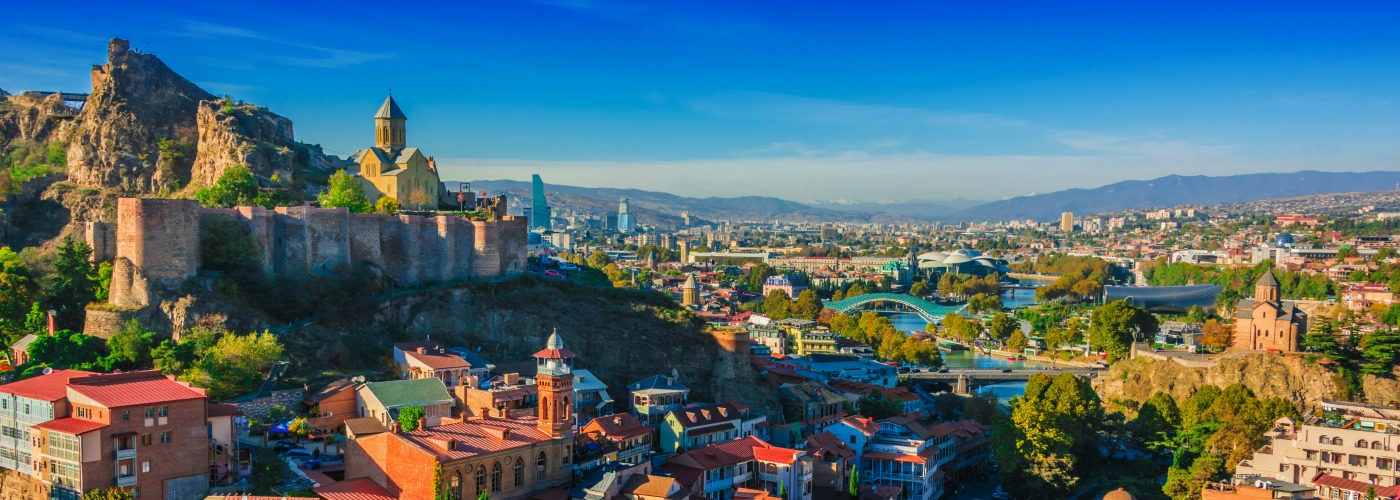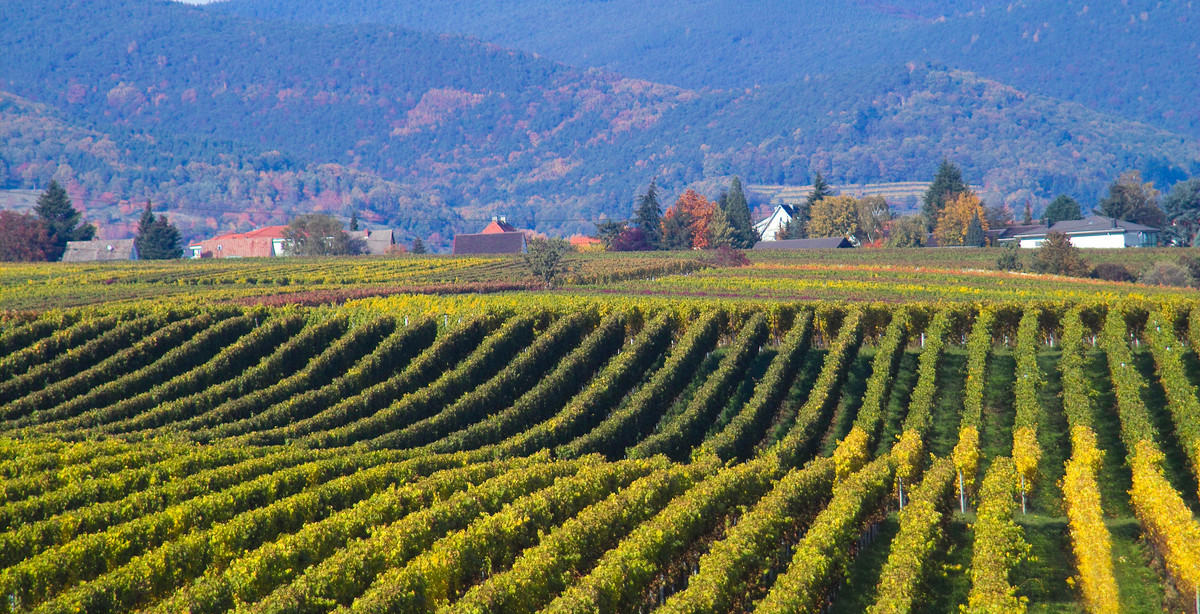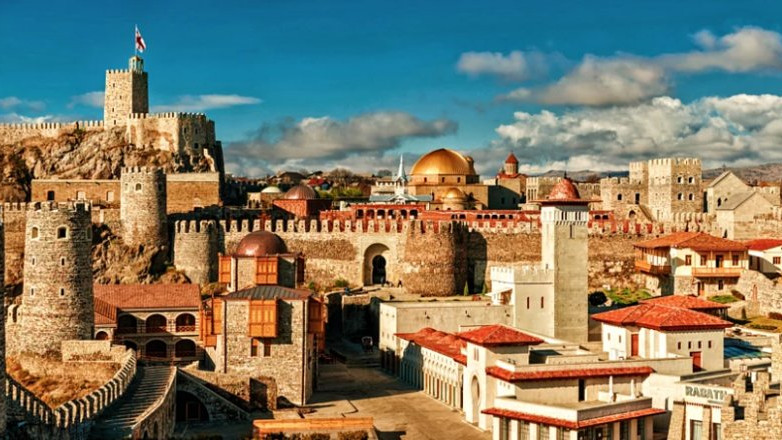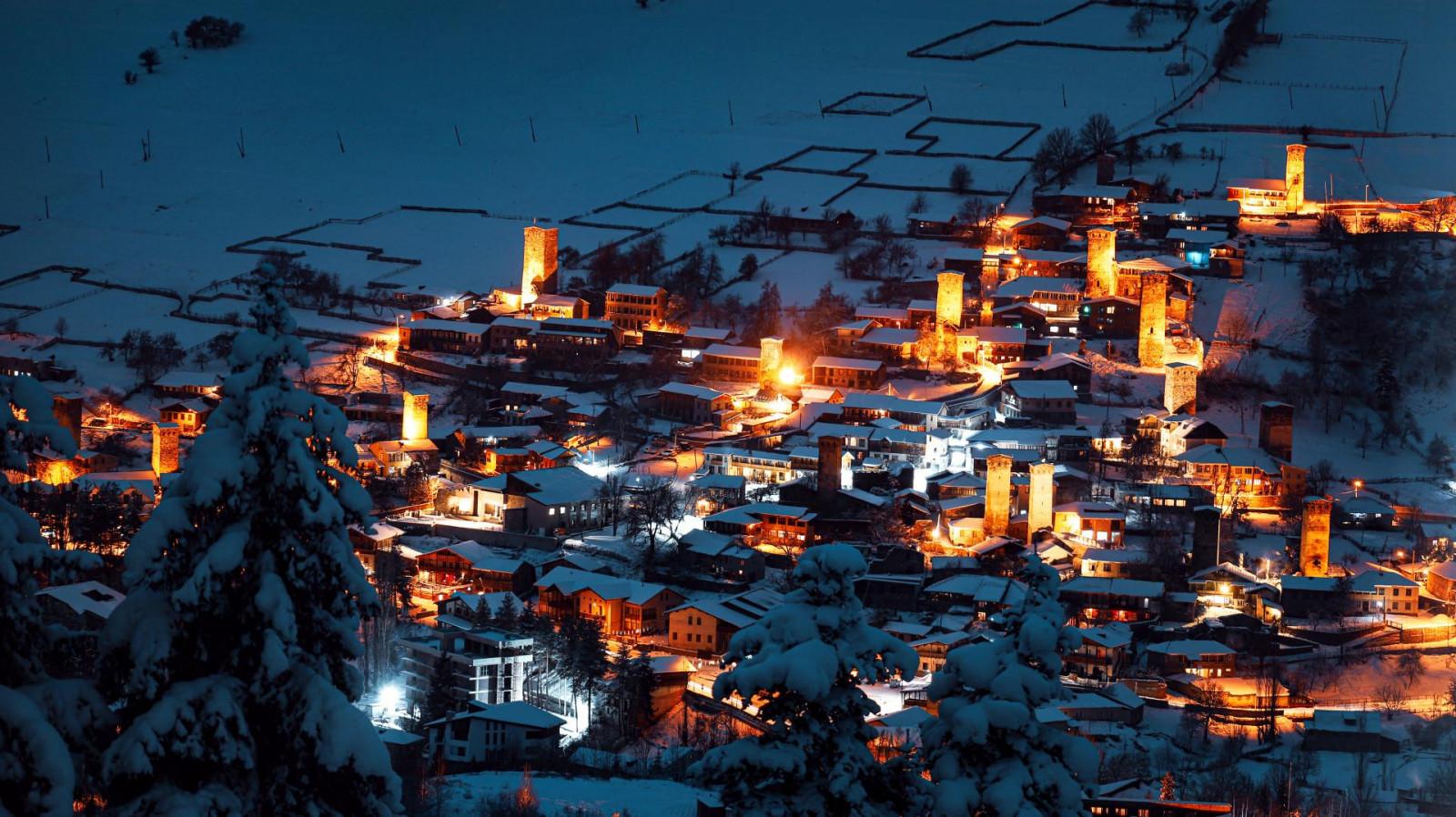Georgia travel tips
Georgia travel tips: Nestled at the crossroads of Europe and Asia, captivates with its diverse landscapes, ancient history, vibrant culture, and warm hospitality.
Regions 🌎
Georgia travel tips. Here is a list of all the regions of the Georgia.

Tbilisi

Ajara

Guria

Imereti

Kakheti

Kvemo Kartli

Mtskheta-Mtianeti

Racha-Lechkhumi and Kvemo Svaneti

Samegrelo-Zemo Svaneti

Samtskhe-Javakheti

Shida Kartli

Kvemo Svaneti
Before you go 🛩
Important information you should know before your trip
Info

Capital | Tbilisi
Flag Codes:
ISO alpha-2 GE,
ISO alpha-3 GEO
Currency
Badge | Lari
CODE | GEL
NUMBER | 981
SYMBOL | ლ
FRACTION | Tetri
Mobile Coverage
Dialing Code | +995
SIM Card
Coverage | 3G / 4G / 5G |
Mobile Networks | Beeline | Geocell | Magti Mobile |

Location
Georgia is a country located at the crossroads of Eastern Europe and Western Asia. It is situated in the South Caucasus region, bordered by several countries.
Georgia’s location has historically made it a cultural and strategic crossroads between Europe and Asia. The country’s diverse geography includes mountains, valleys, and coastal areas along the Black Sea.
Currency
The currency of Georgia is the Georgian Lari, abbreviated as GEL.
Languages
The official and most spoken language in Georgia is Georgian, which is a Kartvelian language spoken by the majority of the country’s population.
In addition to Georgian, several minority languages are also spoken in Georgia, such as Azeri, Armenian, Russian and Ossetic. Azeri is spoken by a significant part of the population in the Kvemo Kartli region, while Armenian is spoken by a significant part of the population in the Samtskhe-Javakheti region. Russian is spoken mainly by the elderly population and in urban areas, and Ossetic is spoken in the Tskhinvali region. There are also small communities that speak languages such as Ukrainian and Greek.
Importantly, Georgian is the main and dominant language in Georgia’s public and cultural life, and is the only official language in the country.
Climate 🌡
Georgia’s climate varies significantly due to its diverse topography, which includes mountains, valleys, and coastal regions. The climate can be broadly categorized into several different zones:
Eastern Georgia (Tbilisi, Kakheti):
This region experiences a continental climate with hot summers and cold winters.
Summers (June to August) are generally hot and dry, with temperatures often exceeding 30°C (86°F).
Winters (December to February) can be quite cold, with temperatures dropping below freezing, especially in the highland areas.
Western Georgia (Batumi, Kutaisi):
This region has a humid subtropical climate influenced by the Black Sea.
Summers (June to September) are warm and humid, with temperatures averaging around 25°C (77°F).
Winters (December to February) are milder compared to the eastern part of the country, with temperatures rarely dropping below freezing.
Mountainous Areas (Svaneti, Kazbegi):
Mountainous regions experience a cold alpine climate, with harsh winters and milder summers.
Summers (June to August) are cool to mild, providing relief from the heat found in lower elevations.
Winters (December to February) are severe, with heavy snowfall and temperatures well below freezing.
Rainfall:
Rainfall patterns vary across Georgia. Western Georgia receives a significant amount of rainfall throughout the year, contributing to its lush vegetation.
Eastern Georgia tends to be drier, especially in the rain shadow areas of the mountains.
Microclimates:
Due to the country’s diverse geography, there are microclimates within different regions. Valleys, slopes, and altitude changes can result in variations in temperature and precipitation.
Spring and Autumn:
Spring (March to May) and autumn (September to November) are transitional seasons with milder temperatures and pleasant weather. These seasons are considered ideal times to visit Georgia.
Georgia’s varied climate is a result of its geographical complexity and the influence of the surrounding seas and mountains. The country’s different regions offer unique weather conditions, making it possible to experience both subtropical and alpine environments within a relatively small area.
Georgia travel tips
If you’re planning a trip to Georgia, here are some travel tips to enhance your experience:
Cultural Sites:
Visit historical sites like Uplistsikhe and the ancient cave city of Vardzia. Tbilisi boasts diverse architectural styles.
Health Precautions:
Ensure routine vaccinations are up-to-date. Drink bottled or filtered water, and be cautious with street food.
Cultural Etiquette:
Respect local customs. Georgians are known for hospitality. It’s customary to toast during meals.
Weather:
Georgia experiences diverse climates. Pack accordingly, especially if exploring both lowland and mountainous regions.
Transportation:
Use taxis, marshrutkas (shared minibusses), and buses for local travel. Rent a car for more remote destinations. View Guide.
Wine Tourism:
Georgia is one of the world’s oldest wine-producing regions. Consider a wine tour in Kakheti.
Festivals:
Check for local festivals and events happening during your visit for a cultural experience.
Enjoy your time in Georgia!

The best of the best
Georgian cuisine is known for its rich flavors, diverse ingredients, and unique culinary traditions. The country’s geographical location between Eastern Europe and Western Asia has influenced its food culture, resulting in a variety of delicious dishes.

Khachapuri
A beloved Georgian dish, khachapuri is a type of cheese-filled bread. The bread is often shaped into various forms, and the cheese filling can vary.

Khinkali
These are Georgian dumplings typically filled with a mixture of meat (usually beef or pork) and spices.

Satsivi
A festive dish, satsivi is made from chicken or turkey served with a rich walnut sauce flavored with garlic and spices.
Here are some typical foods of Georgia:
Badrijani Nigvzit: These are slices of fried or grilled eggplant stuffed with a mixture of ground walnuts, garlic, herbs, and spices. They are a popular appetizer.
Pkhali: Pkhali is a type of vegetable pâté made from ingredients like spinach, beets, or cabbage mixed with ground walnuts, spices, and herbs. It’s served cold and is a favorite vegetarian option.
Mtsvadi (Shashlik): Mtsvadi is a traditional Georgian dish of skewered and grilled meat, typically marinated in vinegar, onions, and spices. It’s usually made with pork, but other meats like beef or chicken can also be used.
Lobio: A hearty dish made from red beans cooked with onions, garlic, and various spices. There are different variations of lobio, including lobio nigvzit (with walnuts) and lobio tkemalit (with sour plum sauce).
Churchkhela: A popular sweet treat, churchkhela consists of walnuts or hazelnuts strung on a thread, dipped in concentrated grape juice, and dried. The result is a unique, chewy candy with a nutty center.
Ajika: A spicy condiment made from red pepper, garlic, herbs, and spices. Ajika is often served as a side dish or used to enhance the flavor of other dishes.
Kharcho: A flavorful soup made with meat (usually beef), rice, walnuts, and sour plum sauce. It’s seasoned with aromatic spices and herbs.
Tkemali: A sour plum sauce used as a condiment to accompany various dishes. It adds a tangy and slightly sweet flavor.
The use of fresh ingredients, bold flavors, and unique cooking techniques contribute to the distinctive and flavorful nature of Georgian food.
Transportation 🚥
More information about this country
Choose your destination 📍🗺
Useful Links ✅



